Home>Home Maintenance>Solving Drainage Issues On A Sloped Yard Toward The House
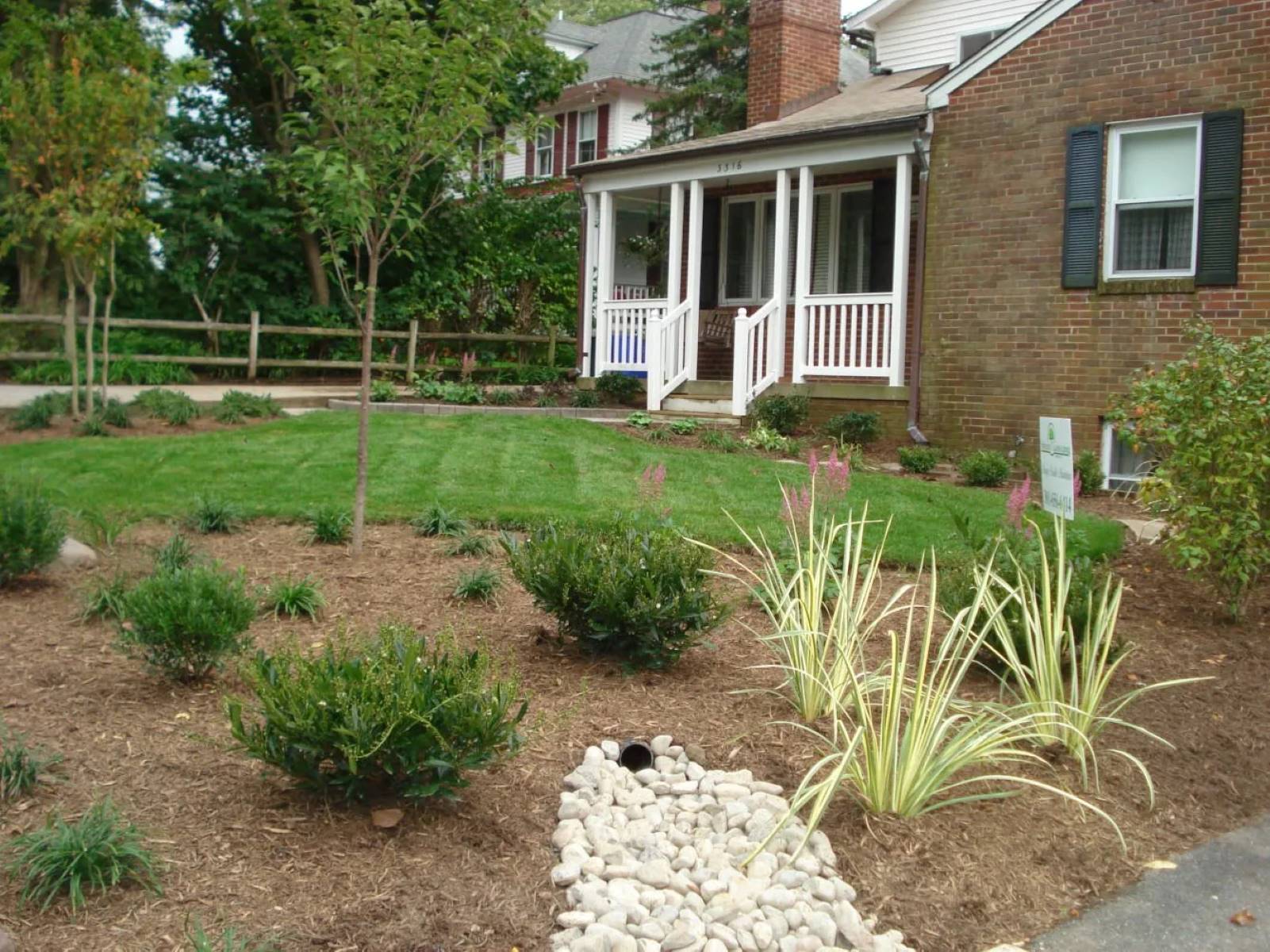

Home Maintenance
Solving Drainage Issues On A Sloped Yard Toward The House
Modified: March 7, 2024
Looking for expert home maintenance tips to tackle drainage issues on your sloped yard? We have the solutions you need to prevent water from flowing towards your house
(Many of the links in this article redirect to a specific reviewed product. Your purchase of these products through affiliate links helps to generate commission for Storables.com, at no extra cost. Learn more)
Introduction
Welcome to the world of home maintenance! Taking care of your home requires knowledge and understanding of various aspects, including drainage. One common issue that homeowners often face is dealing with drainage problems on a sloped yard, particularly when the water flows towards the house. These drainage issues can lead to water damage, foundation problems, and even potential health hazards.
Understanding the causes of drainage issues and learning how to solve them is essential for maintaining a dry and structurally sound home. In this article, we will delve into the world of sloped yards and explore effective solutions to tackle drainage problems. Whether you’re a seasoned DIY enthusiast or a homeowner looking for professional guidance, this comprehensive guide will equip you with the knowledge and techniques needed to address drainage issues and protect your home.
Key Takeaways:
- Proper grading, installing French drains, and redirecting downspouts are effective solutions for managing drainage issues on sloped yards. Regular maintenance and strategic planting of vegetation can further enhance drainage and prevent water damage.
- Understanding the causes of drainage problems, assessing the yard, and choosing the right solutions are essential for protecting your home from water damage. By implementing the appropriate drainage solutions, you can create a safe and visually appealing living environment.
Understanding the Drainage Problem
Before jumping into the solutions, it’s crucial to have a clear understanding of the drainage problem you’re facing. In the case of a sloped yard with water flowing towards the house, it’s essential to determine why this is happening and what factors are contributing to the issue.
One common cause of drainage problems on a sloped yard is improper grading. Grading refers to the slope or level of the ground, and ideally, the ground around your home should slope away from the foundation. If the grading is incorrect, water will naturally flow towards the house instead of away from it, leading to pooling water and potential water damage.
Another factor to consider is the soil type in your yard. Different soil types have varying levels of water absorption and drainage capabilities. If your soil is compacted or composed of heavy clay, it may not drain water effectively, exacerbating the drainage problem.
Additionally, the presence of hard surfaces such as driveways, patios, or walkways can contribute to drainage issues. These surfaces typically don’t absorb water, causing it to flow towards the house instead of soaking into the ground.
Understanding the specific factors contributing to your drainage problem will help you make informed decisions when choosing the most suitable solutions. It’s also worth noting that more than one issue may be at play, so it’s important to assess the entire situation rather than relying on a single solution.
Assessing the Sloped Yard
Once you have a good understanding of the drainage problem, the next step is to assess your sloped yard to determine the extent of the issue and the best course of action. This assessment will help you identify specific areas of concern and prioritize the solutions accordingly.
Start by observing the flow of water on your sloped yard during rainfall or after watering. Take note of any pooling water, areas where water channels or erodes the soil, or areas where water accumulates near the foundation.
Next, examine the soil composition in different sections of your yard. Check for signs of compacted soil, which may prevent water from draining properly. In addition, observe the presence of rocks or debris that could impede water flow.
Another crucial aspect of the assessment is to consider the landscaping and vegetation in your yard. Certain plants or trees could contribute to the drainage problem by absorbing excessive water or blocking the natural flow of water. Take note of any areas where the landscaping may need adjustment to improve drainage.
Additionally, it’s important to evaluate the condition of your existing drainage systems, such as gutters and downspouts. Make sure they are clear of debris and functioning properly to divert water away from the house.
By thoroughly assessing your sloped yard, you can pinpoint the specific areas that require attention and determine which solutions will be most effective in addressing the drainage problem. Remember to take detailed notes and even consider taking photographs to reference throughout the process.
Identifying Potential Causes
Identifying the potential causes of drainage issues on a sloped yard is crucial for implementing the most effective solutions. By understanding the underlying causes, you can address them directly and prevent future problems from arising.
One common cause of drainage problems is improper grading. If the slope of your yard is directed towards the house, water will naturally flow in that direction. This can occur due to poor initial landscaping or changes in the ground’s slope over time. To rectify this issue, you may need to regrade your yard to create a proper slope away from the house.
Another possible cause of drainage problems is the presence of compacted or heavy clay soil. These soil types have limited permeability, making it difficult for water to drain effectively. The lack of drainage can lead to water pooling on the surface or seeping into the foundation. Adding amendments to the soil or implementing specific drainage solutions can improve the overall drainage in these areas.
Hard surfaces such as driveways, patios, or walkways can also contribute to drainage issues. These surfaces prevent water from being absorbed into the ground, causing it to flow towards the house. Creating proper drainage channels or installing permeable pavers can help redirect the water away from the house and into suitable drainage areas.
Additionally, landscaping features such as decorative ponds or improperly placed shrubs and trees can disrupt the natural flow of water. These features may need to be adjusted or supplemented with proper drainage solutions to ensure water is not accumulating near the house.
By identifying and addressing the potential causes of drainage issues, you can take proactive steps to correct the problem and prevent further complications. Consult with a professional if you’re unsure about the specific causes in your situation, as their expertise can help you determine the best course of action.
Choosing the Right Drainage Solutions
When it comes to solving drainage problems on a sloped yard, choosing the right drainage solutions is essential for long-term success. There are several methods available, each with its own advantages and considerations. Understanding the specific needs of your yard and the underlying causes of the drainage issue will help you make an informed decision.
One effective drainage solution is the installation of a French drain system. A French drain is a trench filled with perforated pipes and gravel that redirects water away from the problem area. It’s particularly useful for addressing water accumulation near the foundation or in low-lying areas of the yard. Installing a French drain can effectively capture and channel the water away, preventing it from causing damage to your home.
Another popular option is the creation of a swale. A swale is a shallow, graded ditch that slopes away from the house, guiding water along a designated path. It can be filled with gravel or lined with plants to enhance its aesthetic appeal while effectively carrying away excess water. Swales are especially useful for addressing surface runoff and can be incorporated into the landscape design.
For areas where erosion is a concern, building a retaining wall can be an effective solution. Retaining walls not only prevent erosion but also help redirect water away from the house. They can be constructed using various materials, such as concrete blocks, stone, or timber, depending on your preference and the desired aesthetic.
Another drainage solution involves redirecting downspouts. Ensure that your downspouts are extended to carry water at least six feet away from the foundation. This will prevent water from accumulating near the house and causing potential damage.
In some cases, the simple act of implementing proper grading techniques can significantly improve drainage. By adjusting the slope of your yard, you can create a natural flow of water away from the house. This may involve adding or removing soil or reshaping the existing landscape.
Lastly, planting suitable vegetation can contribute to better drainage. Certain plant species, such as native grasses and shrubs, have deep root systems that increase soil permeability and reduce water runoff. They also help stabilize the soil and prevent erosion.
Consider consulting with a professional to assess your specific drainage needs and determine the most appropriate solutions for your sloped yard. They can provide expert advice and guidance to ensure the chosen drainage solutions are suitable for your property.
Read more: How To Slope Drainage From Your House
Installing a French Drain System
A French drain system is an effective solution for addressing drainage issues on a sloped yard. It helps to redirect water away from problem areas and prevent water from pooling near the foundation. Installing a French drain involves the following steps:
- Plan and design: Assess the areas where water accumulates and determine the best route for the French drain. Take into consideration any obstacles such as existing landscaping or underground utilities.
- Mark the trench: Once the route is determined, mark the trench where the French drain will be installed. The trench should be deep enough to accommodate the perforated drainage pipe and wide enough to allow for proper drainage.
- Excavate the trench: Use a shovel or a trenching machine to dig the trench along the marked path. The trench should slope downward, away from the problem area, to ensure proper water flow.
- Add gravel: Place a layer of gravel at the bottom of the trench to create a stable base for the drainage pipe. This will also allow for better water absorption and filtration.
- Install the perforated pipe: Lay the perforated drainage pipe on top of the gravel, ensuring that the perforations face downwards. The pipe should be positioned with a slight slope to facilitate water flow.
- Cover with gravel: Surround the drainage pipe with additional gravel, making sure to fill the trench completely. The gravel acts as a filter and provides a path for water to enter the pipe.
- Protect with landscape fabric: To prevent sediment and debris from clogging the drainage pipe, cover the gravel with landscape fabric before backfilling the trench. This will allow water to flow through while preventing soil from entering the system.
- Backfill the trench: Fill the remaining space in the trench with soil, compacting it gently as you go. Ensure that the slope away from the problem area is maintained.
- Redirect the outlet: The endpoint of the French drain should be directed away from the house, preferably towards a natural drainage area or a designated runoff location.
- Maintain and monitor: Regularly inspect the French drain system to ensure it remains free of debris and functioning properly. Clear any blockages and monitor for any signs of water pooling or inadequate drainage.
Installing a French drain system requires careful planning and attention to detail. If you’re unsure about any step of the process, it’s recommended to consult with a professional to ensure the proper installation and functionality of the system.
To solve drainage issues on a sloped yard toward the house, consider installing a French drain to redirect water away from the foundation. This can help prevent water damage and flooding.
Creating a Swale
Creating a swale is an effective solution for addressing drainage issues on a sloped yard. A swale is a shallow, graded ditch that helps redirect water away from problem areas and prevents surface runoff. Here’s a step-by-step guide on how to create a swale:
- Assess the flow of water: Observe the natural flow of water on your sloped yard during rainfall or after watering. Identify the areas where water accumulates or flows towards the house.
- Determine the route: Based on your assessment, determine the best route for the swale. It should follow the natural slope of the yard and direct water away from the problem areas.
- Mark the swale: Use stakes and string to mark the path of the swale. Make sure it has a gentle slope, allowing water to flow freely along the designated route.
- Excavate the swale: With a shovel or a trenching machine, dig the swale along the marked path. The depth and width of the swale will depend on the amount of water flow and the size of your yard.
- Shape the swale: Once the trench is dug, shape the bottom of the swale to have a gentle slope. This will aid in proper water flow and prevent water from pooling.
- Smooth the edges: Use the shovel to smooth out the edges of the swale, ensuring a gradual transition from the swale to the surrounding ground.
- Add gravel: Place a layer of gravel at the bottom of the swale to help with filtration and drainage. This will allow water to seep into the ground more effectively.
- Plant vegetation: Consider planting vegetation along the sides of the swale, such as grasses or native plants with deep root systems. These plants will help stabilize the soil, enhance water absorption, and add visual appeal to your landscape.
- Monitor and maintain: Regularly inspect the swale to ensure it remains clear of debris and functioning properly. Remove any obstructions and monitor the water flow during rainfall to ensure the swale is effectively diverting water away from problem areas.
Creating a swale provides a natural and visually appealing solution for managing water flow on a sloped yard. If you’re unsure about the proper design or execution of a swale, consult with a professional to ensure its effectiveness and compatibility with your landscape.
Building a Retaining Wall
Building a retaining wall is a practical solution for addressing drainage issues on a sloped yard. A retaining wall not only helps prevent erosion but also redirects water away from problem areas. Follow these steps to build a retaining wall:
- Determine the location: Identify the area where the retaining wall is needed. Consider factors such as the slope of the yard, the amount of water flow, and any potential impact on existing structures or landscaping.
- Plan and design: Sketch out your retaining wall design, taking into consideration the height, length, and materials to be used. Check with local building codes and regulations to ensure compliance.
- Excavate the area: Dig a trench for the foundation of the wall. The depth and width of the trench will depend on the size and height of the wall. Make sure to also include a proper drainage system behind the wall.
- Prepare the foundation: Compact the soil in the trench and add a layer of gravel for proper drainage. Use a level to ensure the foundation is even and sloped away from the problem area.
- Build the first row: Lay the first row of blocks or stones, using a level to ensure they are straight and level. Check for proper alignment and adjust as needed.
- Add subsequent rows: Continue building the retaining wall by adding subsequent rows of blocks or stones, staggering the joints for stability. Use a mallet or rubber mallet to secure the blocks in place.
- Backfill and compact: As you progress, backfill the space behind the wall with gravel or drainage material. Compact the backfill periodically to ensure stability and proper drainage.
- Consider drainage options: Depending on the height and location of the retaining wall, you may need to install drainage pipes or weep holes to redirect water away from the wall and prevent pressure buildup.
- Finishing touches: Once the retaining wall is built, add any finishing touches such as capstones or a decorative facade to enhance the aesthetic appeal.
- Maintain and monitor: Regularly inspect the retaining wall for signs of shifting, cracks, or erosion. Address any maintenance needs promptly to ensure the integrity of the wall and its effectiveness in redirecting water.
Building a retaining wall requires careful planning and construction to ensure its durability and effectiveness. If you’re unfamiliar with the process, consider consulting with a professional to help you design and build a retaining wall that suits your needs.
Redirecting Downspouts
Redirecting downspouts is a simple yet effective solution for addressing drainage issues on a sloped yard. By ensuring that water from your gutters is properly channeled away from the house, you can prevent water from accumulating and causing damage. Follow these steps to redirect your downspouts:
- Assess the current downspout placement: Evaluate the location of your downspouts and observe where the water is being directed. Determine if the water is flowing towards the house or if it’s being effectively diverted away.
- Identify the ideal redirection path: Determine the best route for redirecting the water away from the house. This can be towards a natural drainage area or a designated runoff location, such as a dry well or a swale.
- Extend the downspouts: Purchase downspout extensions or diverters from a local hardware store. These are typically flexible extensions that attach to the existing downspout and can be adjusted to redirect the water flow.
- Attach the extensions: Install the downspout extensions to the existing downspouts and adjust them so that the water flows in the desired direction. Ensure that the extensions are securely fastened to prevent them from getting detached during heavy rainfall.
- Direct the flow away: Make sure the downspout extensions carry the water at least six feet away from the foundation. This distance allows for proper water dispersal and prevents it from pooling near the house.
- Consider underground piping: If you prefer a more discreet solution, you can opt for underground piping to redirect the water flow. This involves burying the downspout extensions below the ground, leading the water away from the house.
- Monitor the redirection: During rainfall, observe the redirected water flow and ensure it is effectively carrying water away from the house. Make adjustments as necessary to optimize the drainage.
- Maintain and clean the downspouts: Regularly clean your gutters and downspouts to prevent debris from blocking the flow of water. Clogged downspouts can impede the effectiveness of redirection, leading to potential water accumulation.
Redirecting downspouts is a relatively simple and cost-effective solution. It helps to minimize water pooling near the foundation and protects your home from potential water damage. If you’re unsure about the best redirection path or need assistance with installation, consult with a professional for expert guidance.
Read more: How To Slope A Flat Roof For Drainage
Implementing Proper Grading Techniques
Proper grading is crucial for effective drainage on a sloped yard. Correctly grading the ground around your home ensures that water flows away from the foundation and prevents water from pooling near the house. Follow these steps to implement proper grading techniques:
- Assess the existing grading: Evaluate the slope and level of the ground around your home. Determine if the grading is directing water away from the house or if it’s causing water to flow towards it.
- Create a desired slope: Ideally, the ground should slope away from the foundation at a rate of at least one inch per foot for the first six feet. This gradual slope allows water to naturally flow away from the house.
- Mark the desired grading lines: Use stakes and string to mark the desired grading lines. This will serve as a guide as you proceed with adjusting the grade of the ground.
- Add or remove soil: If the ground slopes towards the house, you may need to add additional soil to create the desired slope away from the foundation. Conversely, if the slope is too steep, you may need to remove soil to achieve a more gradual slope.
- Compact the soil: After adding or removing soil, compact it using a tamper or a plate compactor. This ensures that the soil is firm and stable, reducing the risk of erosion and maintaining the desired slope.
- Monitor water flow: Observe how water flows on the graded ground during rainfall or after watering. Make adjustments as necessary to ensure that water is properly directed away from the house.
- Consider the use of swales: If you have areas where water tends to accumulate, you may need to incorporate swales or shallow ditches into the grading. Swales can help redirect water to more appropriate drainage areas.
- Regular maintenance: As time goes on, continue to monitor the grading around your home. Check for any settling or changes that may impact the effectiveness of the slope. Make adjustments and regrade as necessary to maintain proper drainage.
Implementing proper grading techniques helps ensure that water flows away from the foundation, preventing potential water damage and foundation problems. If you’re unsure about the best approach to achieving the desired slope or need assistance with grading, consult with a professional for expert guidance.
Planting Suitable Vegetation
Planting suitable vegetation is an often overlooked but effective solution for improving drainage on a sloped yard. The right plants can help absorb excess water, stabilize the soil, and enhance the overall drainage characteristics of your yard. Here’s how you can plant suitable vegetation to address drainage issues:
- Assess your yard’s conditions: Evaluate the soil type, sun exposure, and moisture levels in different areas of your yard. Take note of areas with poor drainage and those where water tends to accumulate.
- Choose appropriate plant species: Select plant species that are well-suited for your yard’s conditions. Look for native plants, grasses, or shrubs that thrive in wet or damp soil conditions.
- Consider deep-rooted plants: Opt for plants with deep root systems, as they can help improve soil permeability and prevent erosion. Deep-rooted plants are effective at absorbing excess water and reducing runoff.
- Plant strategically: Pay attention to the placement of plants. Plant them in areas where water tends to accumulate, such as along swales or at the bottom of slopes. This can help intercept and absorb water, preventing it from flowing towards the house.
- Add mulch: Apply a layer of organic mulch around the base of plants. Mulch helps retain moisture, prevents soil erosion, and improves the overall health of the plants.
- Spacing and density: Consider the spacing and density of your vegetation. Planting too densely can impede water flow, while planting too sparsely may not offer adequate drainage benefits. Strive for a balance that allows for proper absorption and flow of water.
- Regular maintenance: Ensure that you maintain your vegetation properly. Regularly prune, water, and fertilize as needed to keep plants healthy and thriving.
- Monitor and adjust: Observe how the planted vegetation is impacting the drainage of your yard. Make adjustments as necessary, such as adding more plants in areas of concern or replacing plants that are not thriving in specific conditions.
Planting suitable vegetation can significantly improve drainage and reduce water runoff on a sloped yard. It’s important to choose the right plant species and strategically plant them in areas where they can have the most impact. Consulting with a local gardening expert or landscape professional can provide valuable insights and recommendations tailored to your specific yard and climate.
Conclusion
Addressing drainage issues on a sloped yard towards the house is crucial for maintaining the integrity and health of your home. By understanding the drainage problem, assessing the slope, identifying potential causes, and implementing the right solutions, you can effectively manage water flow and prevent water damage.
Proper grading, installing a French drain system, creating swales, building retaining walls, redirecting downspouts, and planting suitable vegetation are all viable options to mitigate drainage issues. Each solution comes with its own benefits and considerations, and it’s important to choose the right approach based on your specific needs and the characteristics of your yard. Consulting with professionals, such as landscapers or contractors, can provide valuable guidance and ensure successful implementation.
Maintaining proper drainage requires regular monitoring and maintenance. Regularly inspect your yard, check for signs of pooling or erosion, and make adjustments as necessary. Keep your gutters and downspouts clean to avoid blockages, and be mindful of any changes in the water flow patterns or the condition of vegetation around your home.
Remember, a well-maintained drainage system not only protects your home from water damage but also enhances the overall aesthetics and value of your property. By taking proactive measures and addressing drainage issues, you can create a safe, dry, and beautiful living environment for you and your family.
So, roll up your sleeves, gather the necessary tools and materials, and embark on the journey of solving drainage problems on your sloped yard. With the knowledge and solutions outlined in this article, you are well-equipped to tackle the challenge and enjoy a dry, worry-free home!
Frequently Asked Questions about Solving Drainage Issues On A Sloped Yard Toward The House
Was this page helpful?
At Storables.com, we guarantee accurate and reliable information. Our content, validated by Expert Board Contributors, is crafted following stringent Editorial Policies. We're committed to providing you with well-researched, expert-backed insights for all your informational needs.
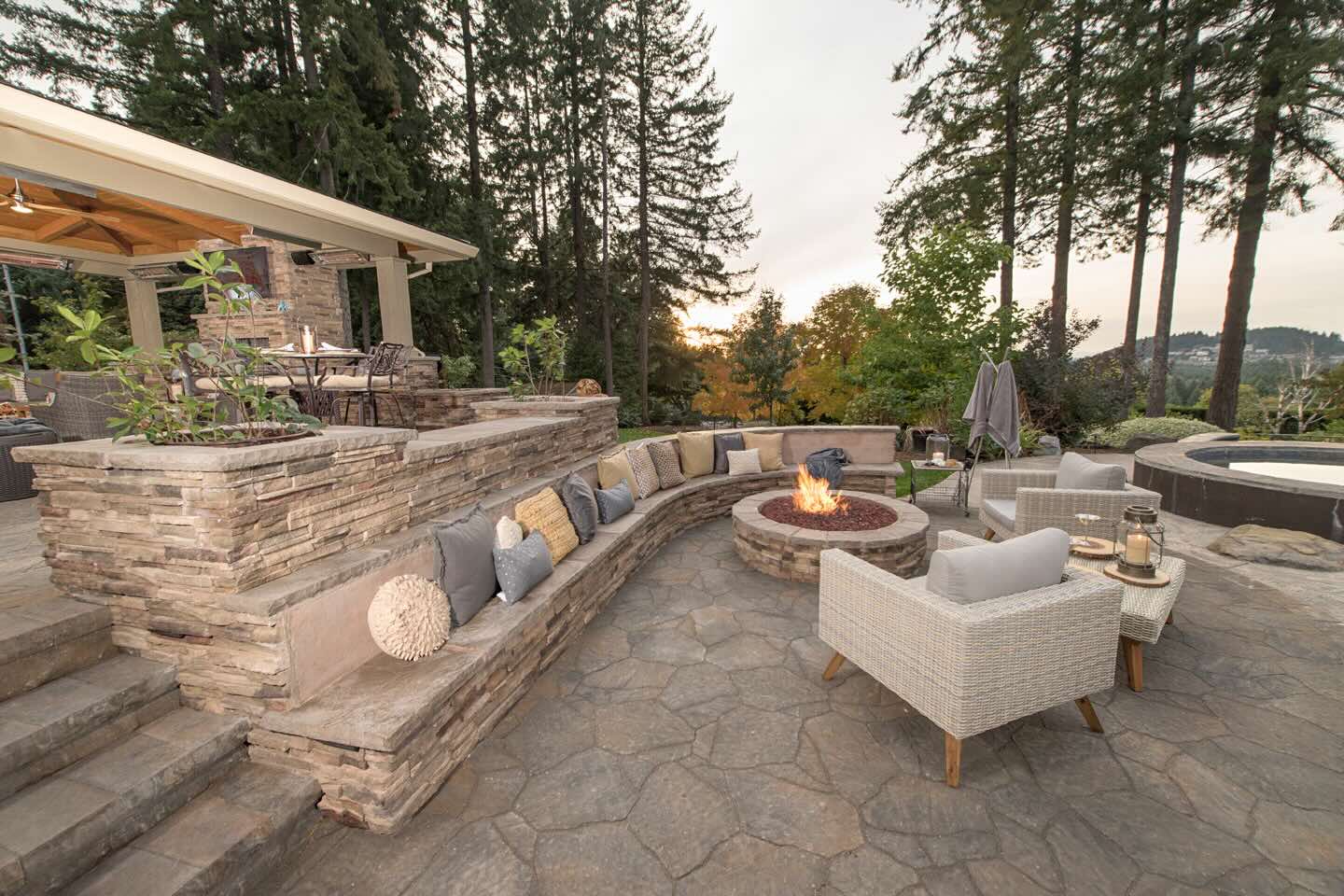
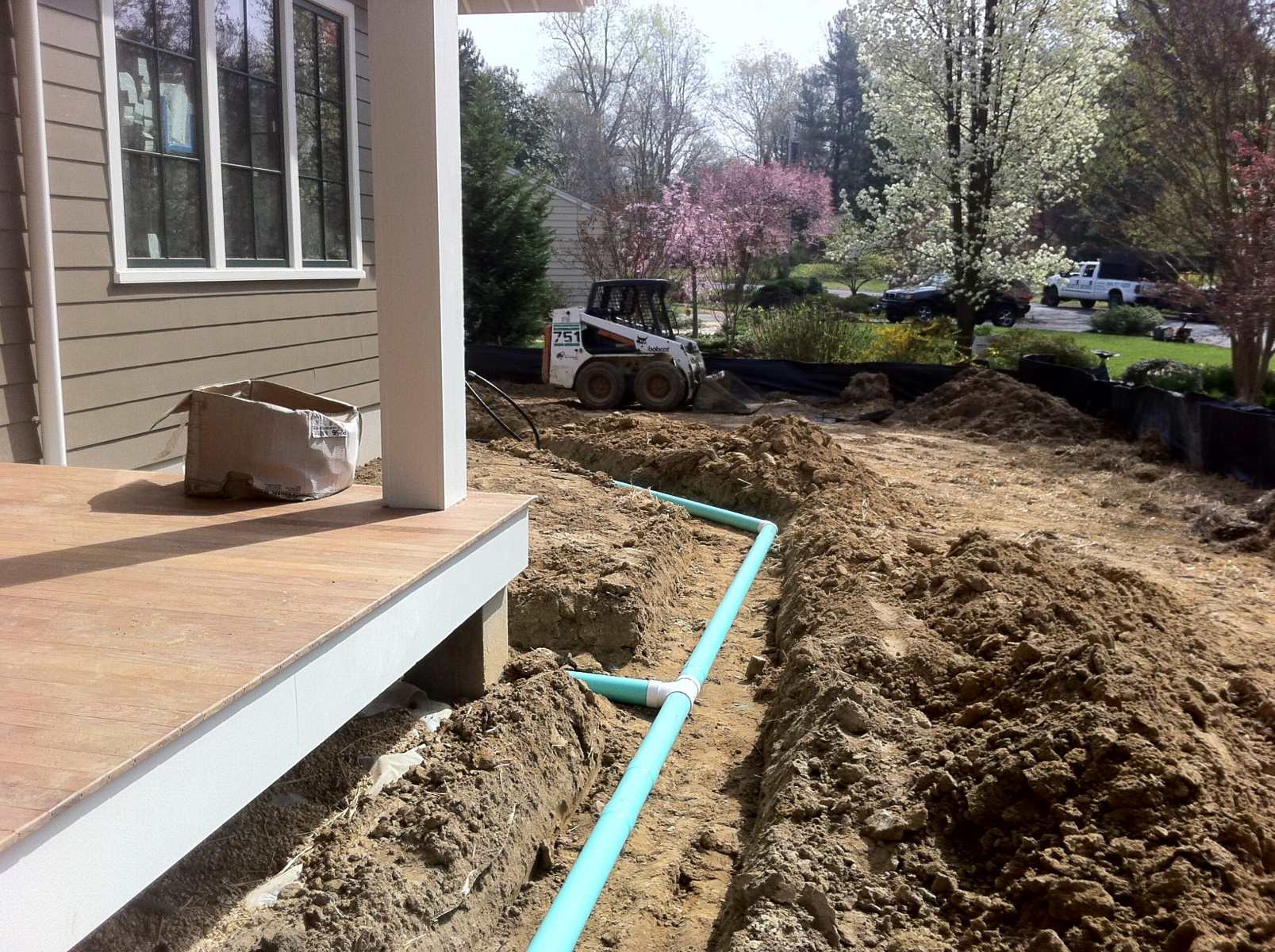
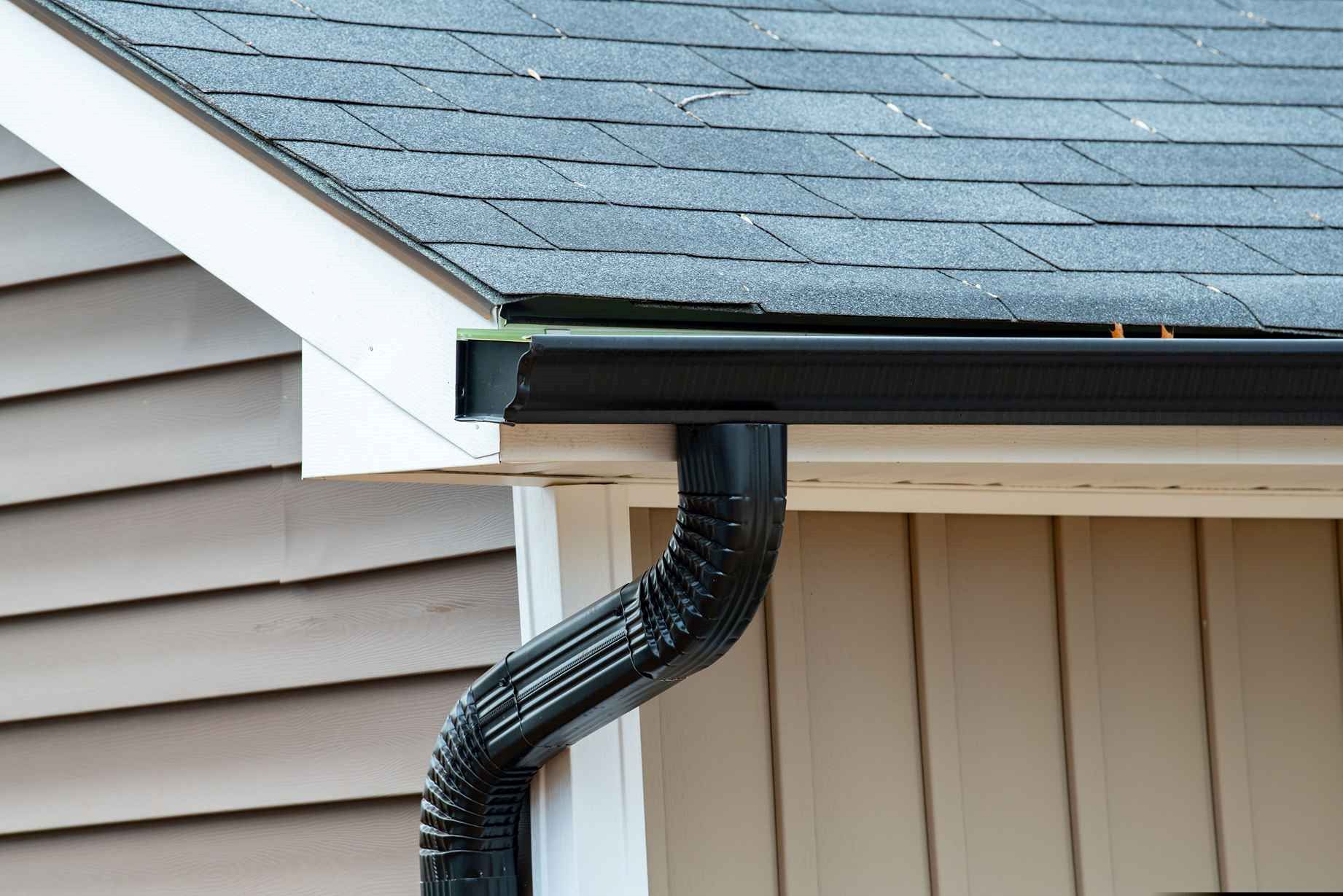
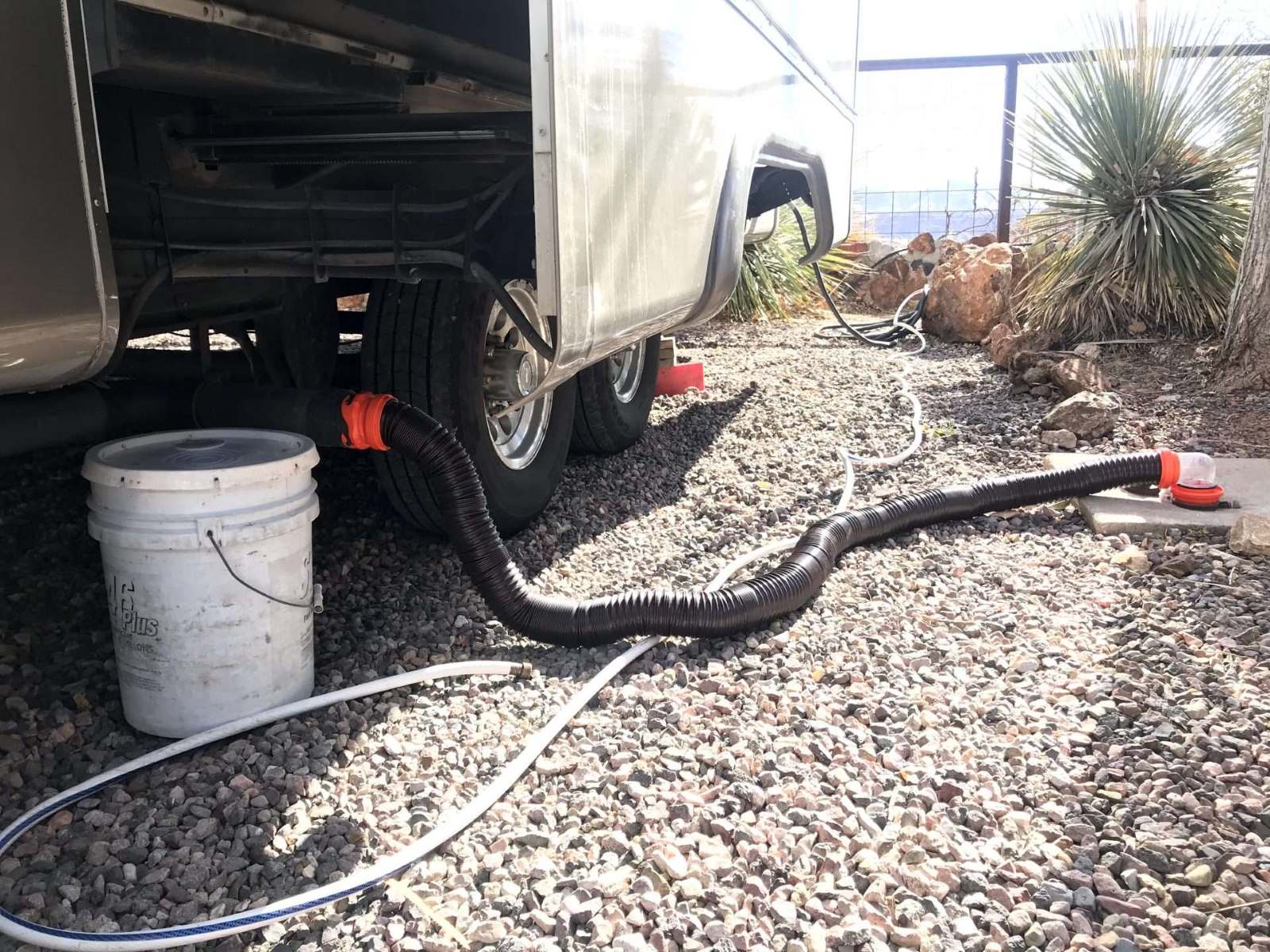
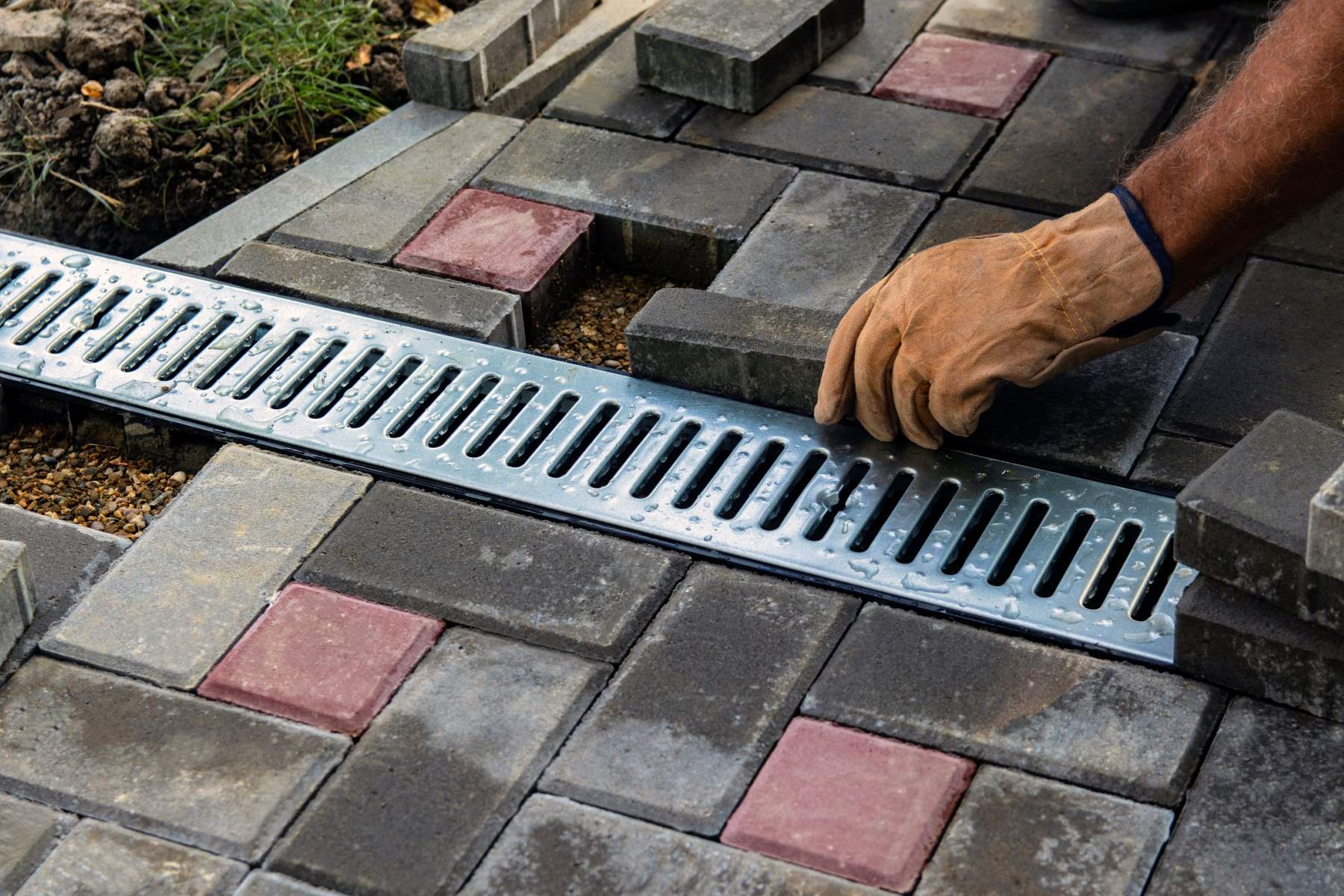
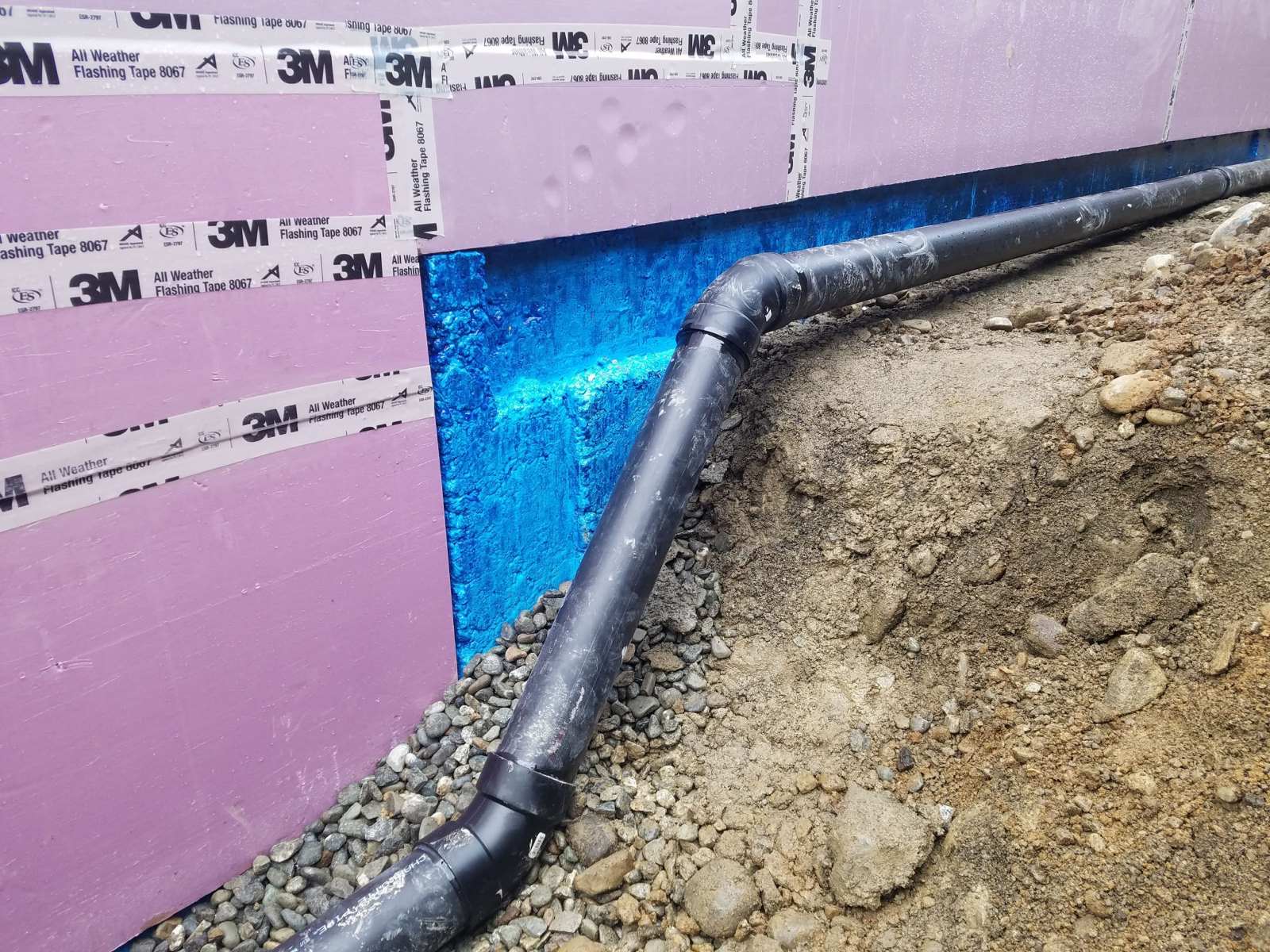
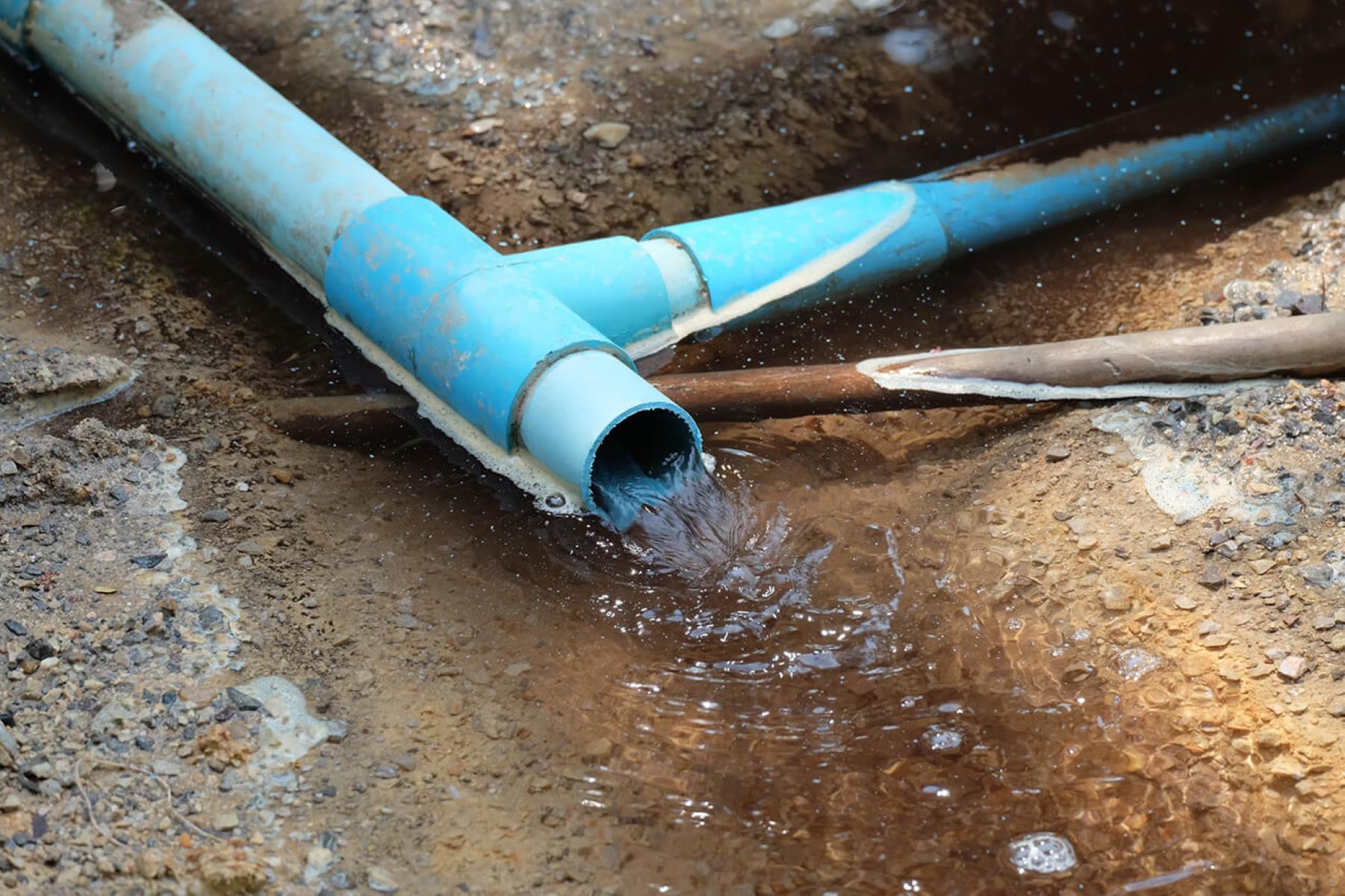
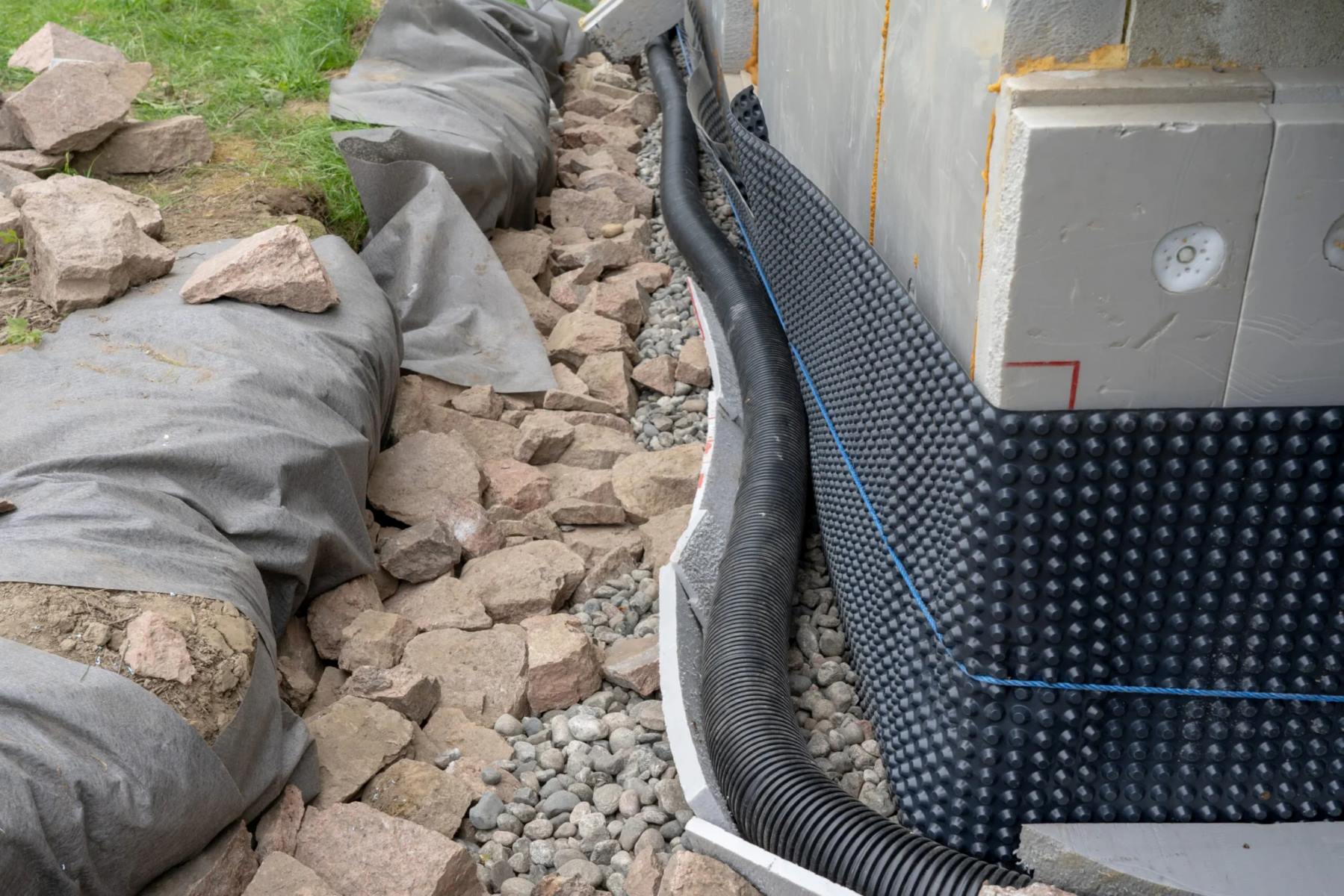
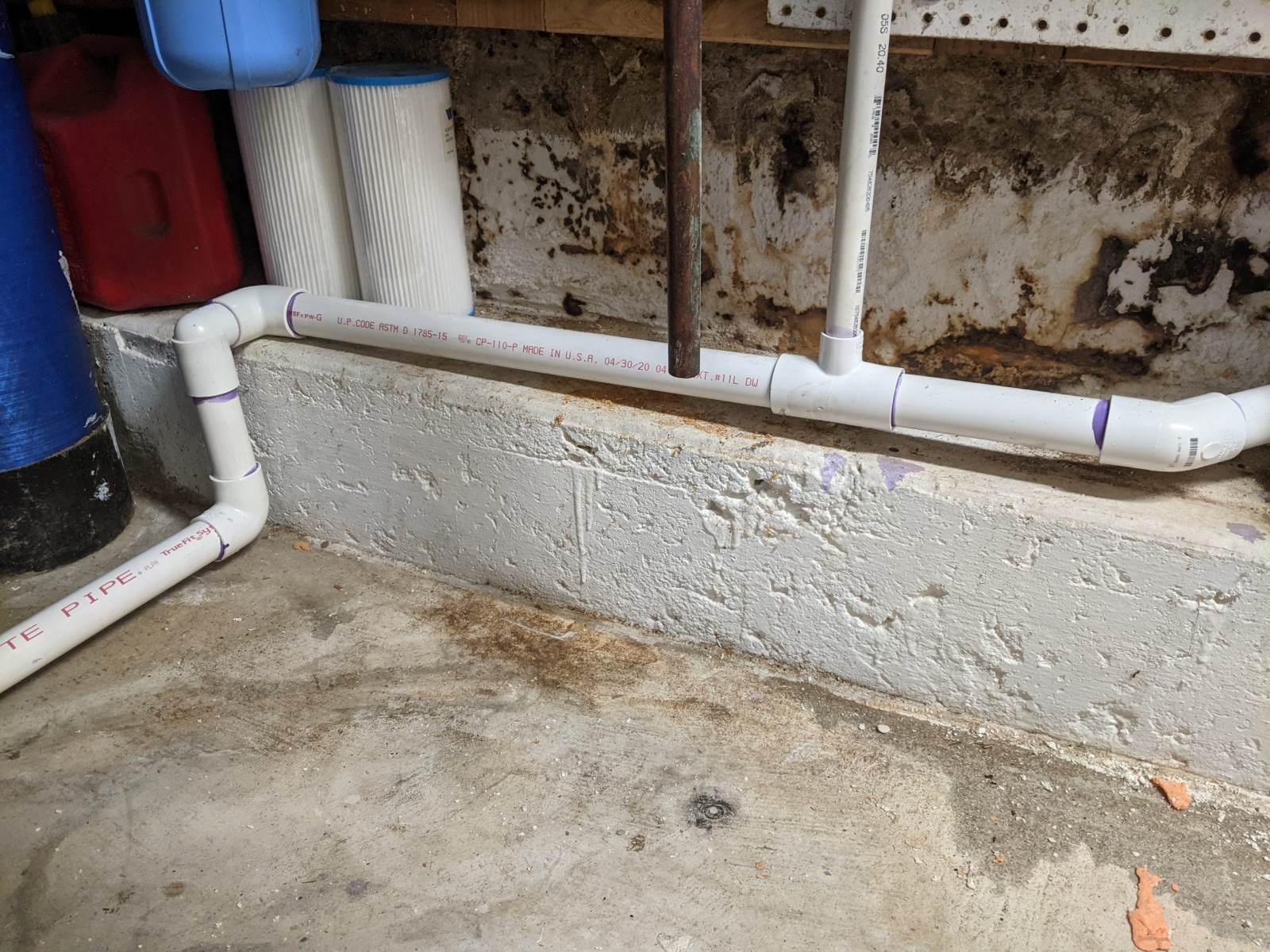
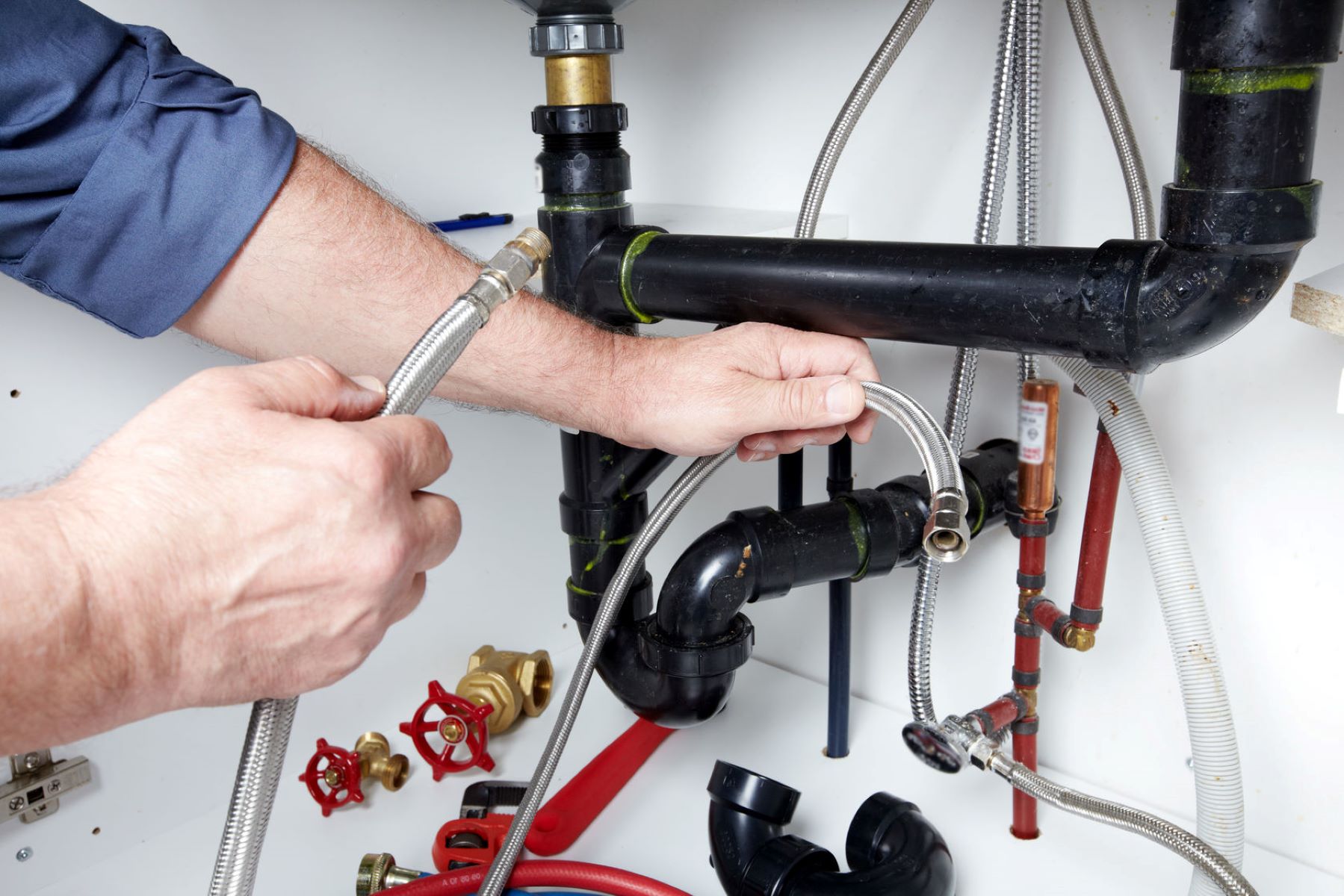
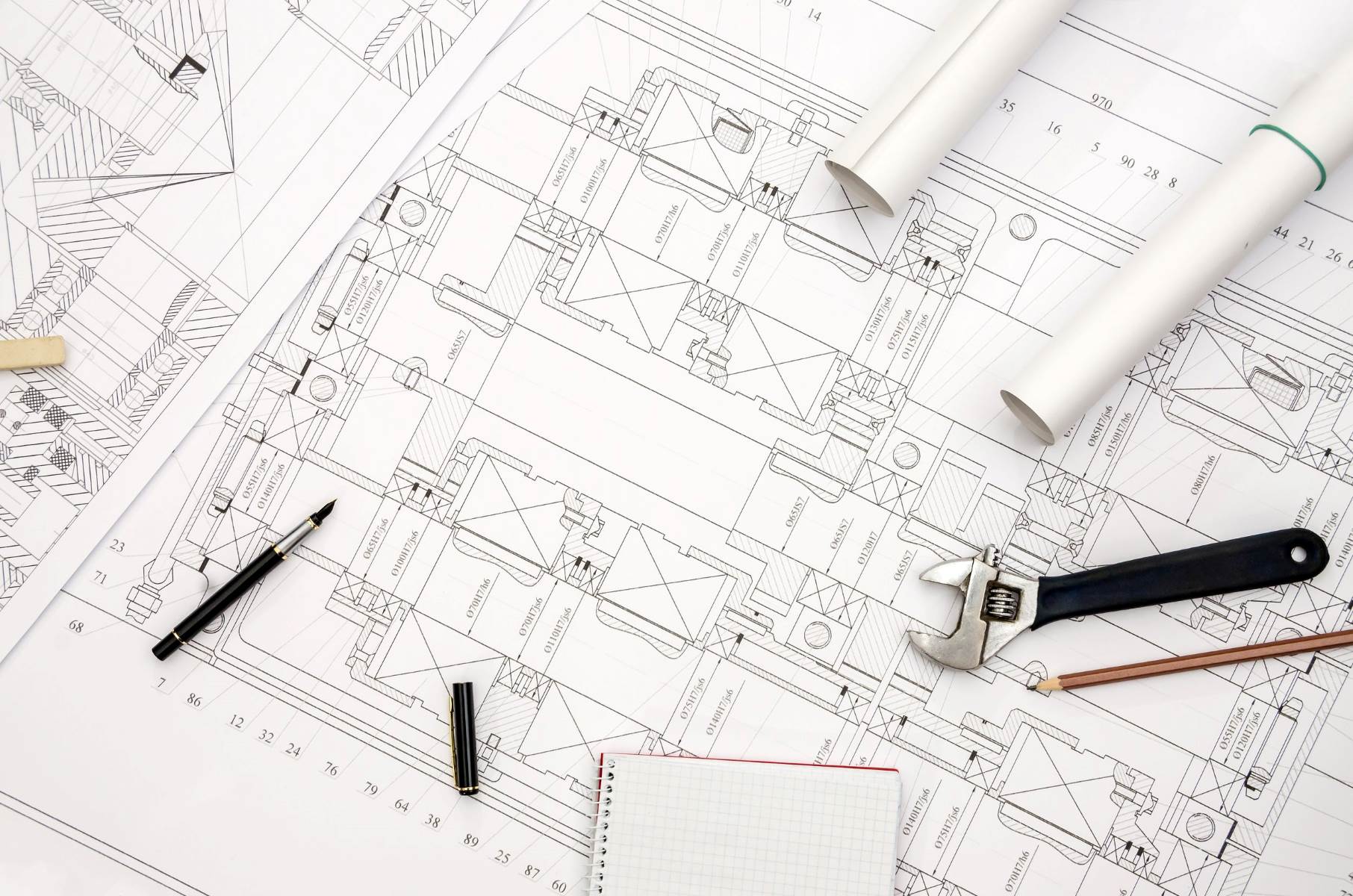
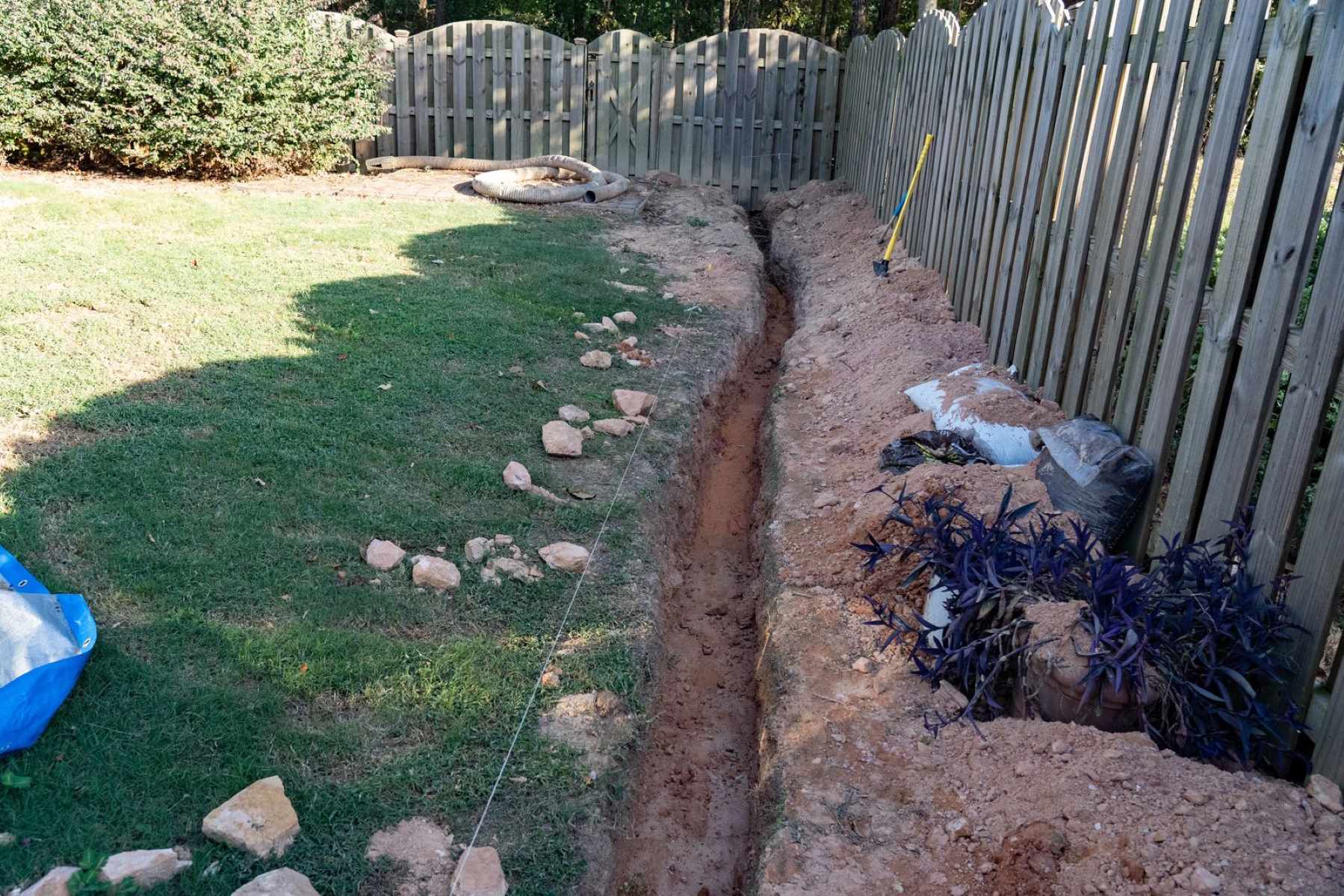
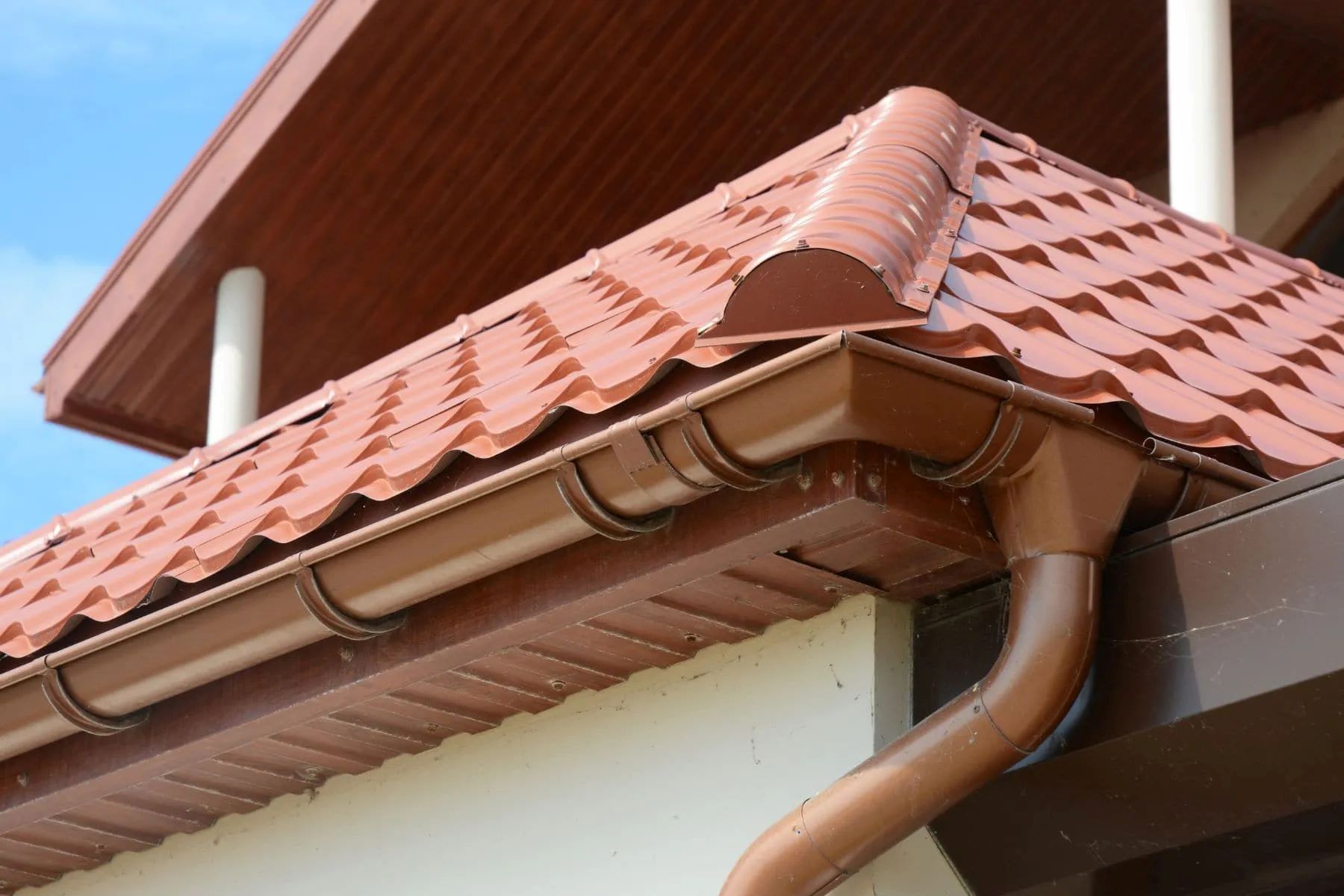

0 thoughts on “Solving Drainage Issues On A Sloped Yard Toward The House”